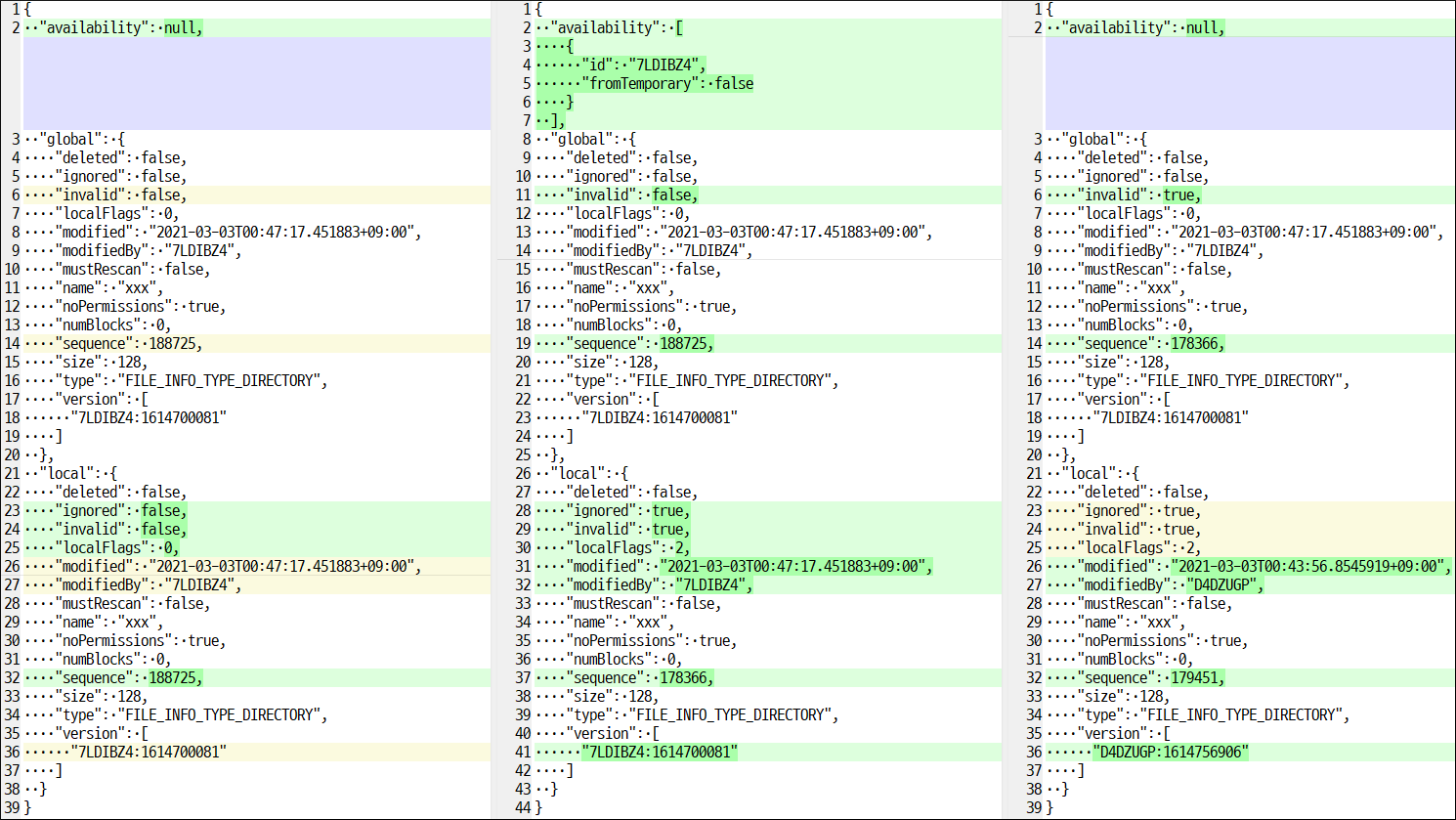
NTFS is the default file system on Windows. The feature is supported on most file systems that support cloning including Btrfs, XFS, and EXT4 on Linux and Solaris, and ReFS on Windows.
#SYNCTHING IGNORE FOLDER ARCHIVE#
This approach can be incredibly efficient with virtual machine disk files, log files and archive files where you append data on the end, and other append-only data structures. Syncthing might only need to store two different blocks of changed data instead of storing the entire file twice. Depending on your usage and files, you may only make slight changes to your files. This is likely why the deduplication rate in Syncthing’s network is so high. File versionings preserves copies of modified files. The feature can significantly reduce the disk space consumed by Syncthing’s file version system. The same mechanism is used to reuse identical on-disk blocks between files. The storage deduplication feature re-purposes this bandwidth-saving feature to save local disk space. The potential savings of Syncthing’s storage deduplication feature can be assumed to be near this figure. As of the time of publishing, 56,48 % of synced data was reused from local files. Among the collected data, it records how much data transfer is reduced because of this feature.

Syncthing collects usage data from its users. This saves transfer time, network bandwidth, and energy. The blocks can be reused between files and even between different synced folders. It compares which blocks have changed and will only send changed blocks over the network. Syncthing chunks large files into blocks, similar to how a file system works. It lets you safely synchronize folders without having to trust a cloud storage provider with your data. Your files are transferred directly among your devices. You can think of Syncthing as cloud storage service like Dropbox or OneDrive but without any intermediary servers or costs. You can now optionally also let it deduplicate data storage to reduce your storage costs. It uses deduplication techniques to reduce the amount of data it needs to transfer over the network saving you bandwidth costs, energy, and time.

stignore file and put it in E:\z_Copies\!s9Phone.Syncthing is an open-source encrypted peer-to-peer folder synchronization program. because I guess I can just create my own. It will be very useful to find out, because then I can ignore other folders on my phone too, for example "Internal storage\Android"īy the way, hidden files and file extensions are both shown on my PC.
#SYNCTHING IGNORE FOLDER PC#
stignore file will be created?Īssuming so, what pattern do I type in the SyncTrayzor GUI's Ignore Patterns tab in order to tell SyncTrayzor not to sync my PC with "Internal storage\Books"? (I can't make sense of the help at. Question: By entering an ignore pattern in the SyncTrayzor GUI's Ignore Patterns tab and clicking save, will the. stignore file on my phone in "Internal storage"). stignore file in "E:\z_Copies\!s9Phone" on my PC (but there is an empty.

stignore file in "E:\z_Copies\!s9Phone" on my PC. It says that by typing something in there, I will be editing the. SyncTrayzor's GUI has an Ignore Patterns tab in its GUI ( screenshot). I've transferred (from my Windows PC) some books to the folder on my phone called "Internal storage\Books".īecause the books are already elsewhere on my PC, I don't want to sync my phone's "Internal storage\Books" folder with my PC.
#SYNCTHING IGNORE FOLDER ANDROID#
I'm using SyncTrayzor to sync (Send and Receive) my Android phone's entire "Internal storage" folder and its subfolders with a folder on my PC called "E:\z_Copies\!s9Phone".


 0 kommentar(er)
0 kommentar(er)
